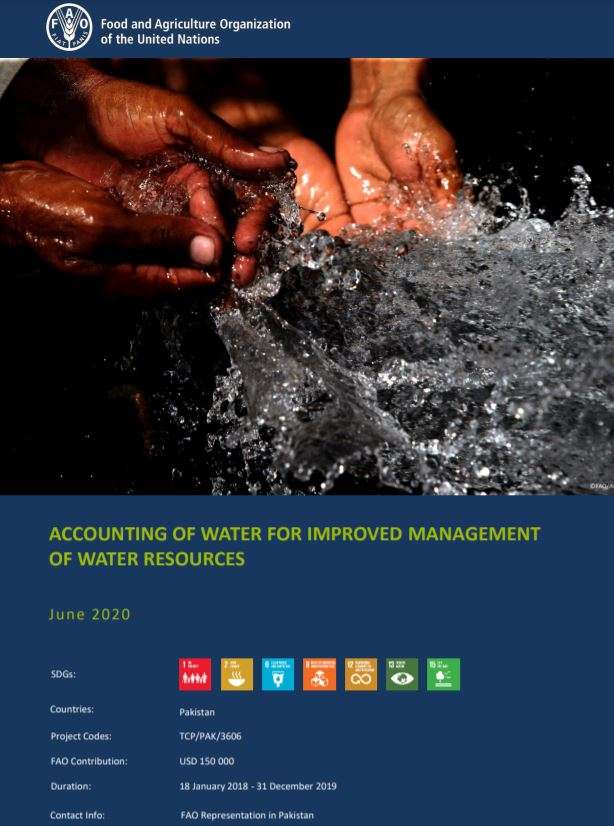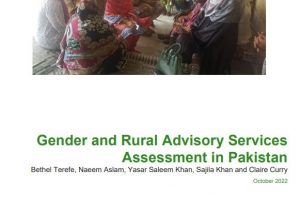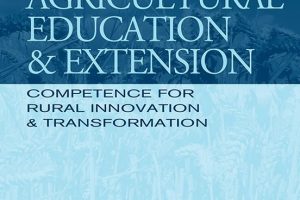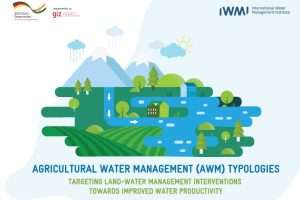Pakistan’s population is expected to reach 221 million by 2025 and, coupled with growing impacts of climate change, the country is expected to respond to pressures on limited water resources due to population growth and a growing need for climate resilient livelihoods. As such, federal and provincial Pakistani authorities have recognized the importance of ensuring water availability and access in order to adequately respond to national agricultural, sanitation and industrial needs. Agricultural production is especially important given that the agricultural sector consumes close to 90 percent of all currently available fresh water supplies in the country. While agriculture accounts for the overwhelming majority of water resources used, it is also the sector responsible for producing more than 90 percent of the country’s food supply and generating 75 percent of the country’s export revenues. Unsurprisingly, agriculture and food production account for 20 percent of Pakistan’s gross domestic product (GDP). Therefore, rural livelihoods are particularly vulnerable to climate-driven water scarcity, given the country’s largely arid to semi-arid climate and its high dependency on a single river system: the Indus River Basin System. Despite being the world’s largest contiguous irrigation system and the main water lifeline for Pakistan’s household consumption, sanitation and economic activities, there is insufficient data on water availability, use and governance specific to the Indus River Basin. Moreover, a marked increase in the number of private tube wells over the last 30 years has changed underground water pumping modalities. In light of the limited awareness on the importance of joint efforts for water management, the project helped establish these links between different uses of water along multiple sectors and locations around the country. It convened actors to assess water governance through a systems approach, where the concerns and priorities of all stakeholders concerned were reflected and understood by others.
Accounting of Water for Improved Management of Water Resources
May 13, 2021
29 Views
2 Min Read

-
Share This!




Add Comment